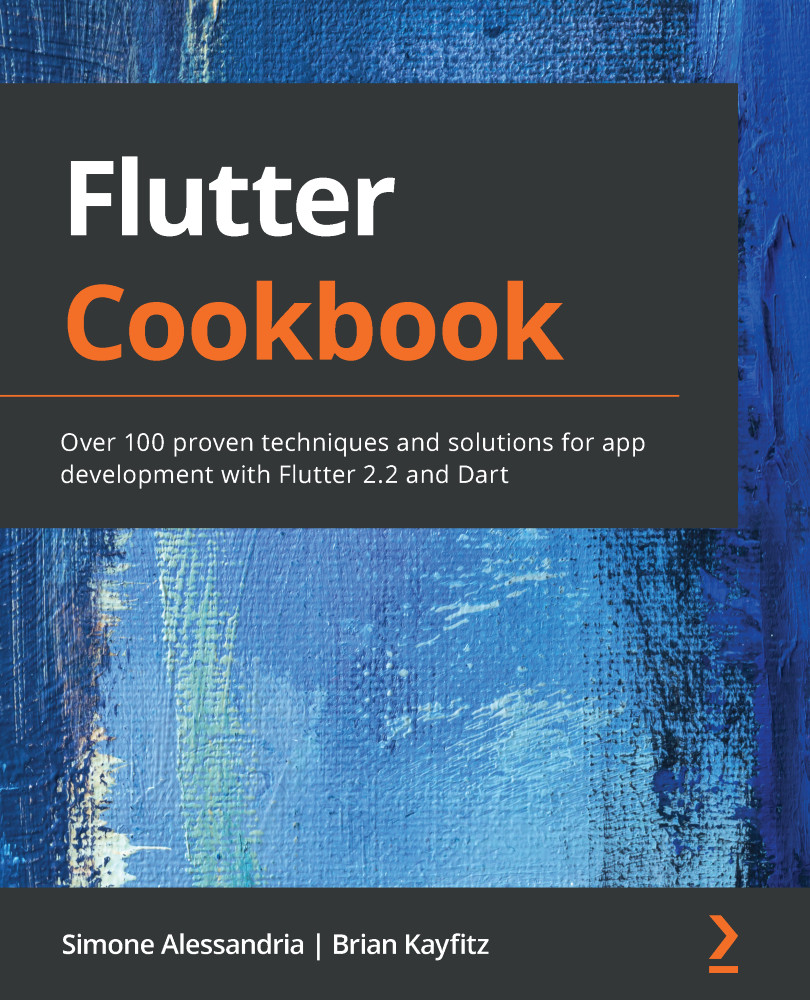Frontend application design is often divided into two categories – user interface (UI) and user experience (UX). The user interface is made up of all the elements on the screen – images, colors, panels, text, and so on. The user experience is what happens when your users interact with your interfaces. It governs interactivity, navigation, and animations. If the UI is the "what" of app design, then the UX is the "how."
So far, we have covered some of the user interface components in Flutter. Now, it's time to make our widgets useful and start building interactivity. We're going to cover some of the primary widgets that are used to deal with user interactions – in particular buttons, TextFields, ScrollViews, and dialogs. You will also use the Navigator to create apps with...


